Interior decoration of premises includes alignment of surfaces of walls and ceilings. For this use plaster. Manufacturers offer a wide selection of mixtures for shockting. They have similar composition and properties.
Types of mixtures for plastering
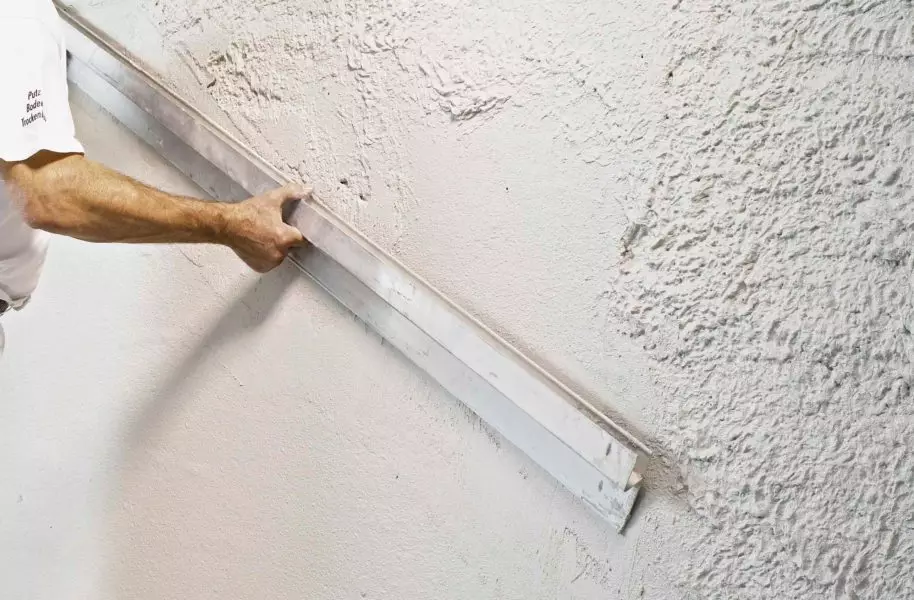
In construction stores you can see a wide variety of types of plaster. All of them have their purpose, the composition, dignity and disadvantages. The mixtures are:
- gypsum;
- cement;
- polymer.
The facade finish and interior are carried out by cement solutions. Plaster is distinguished by strength, moisture resistance. Concrete, brick and wooden walls are aligned with plaster mixtures. The composition is little resistant to moisture. The polymer mixture is considered to be something among the first two options.
Cement mix
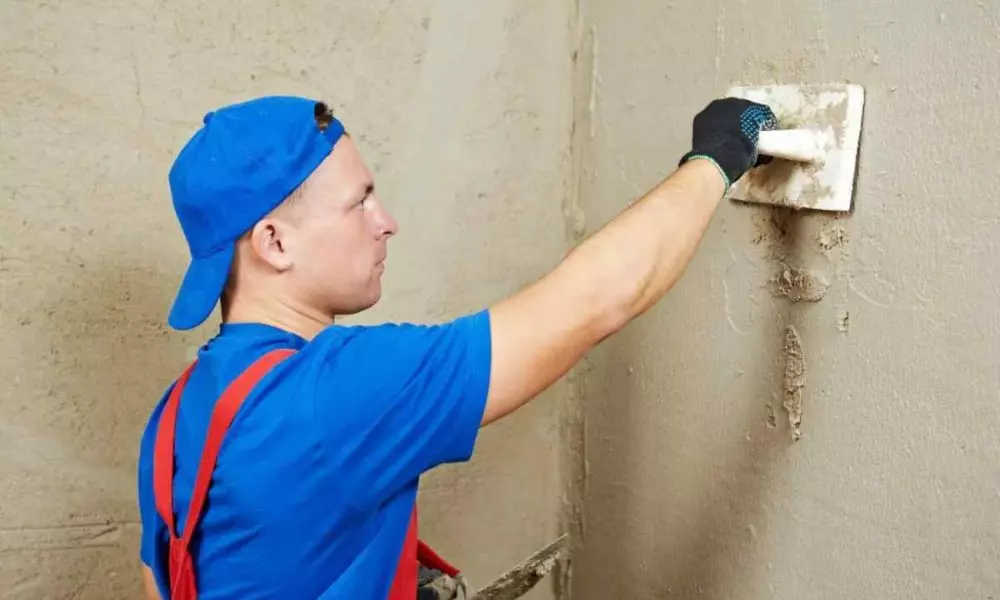
Cement is used in construction quite wide. Plaster based on it is made with the addition of lime and sand. The finished mixtures are bred by water in accordance with the manufacturer's instructions, it can be found on the package. Cement plaster can be made independently. Then it is important to observe the proportions depending on the purpose of the mixture. The composition has a lot of advantages:
- resistant to temperature drops;
- protects walls from moisture, mold, fungus;
- long-term suitability after kneading;
- High strength after drying.
Cement plaster has cons: a long time of complete drying, it is hard to work with a solution.
Gypsum mix
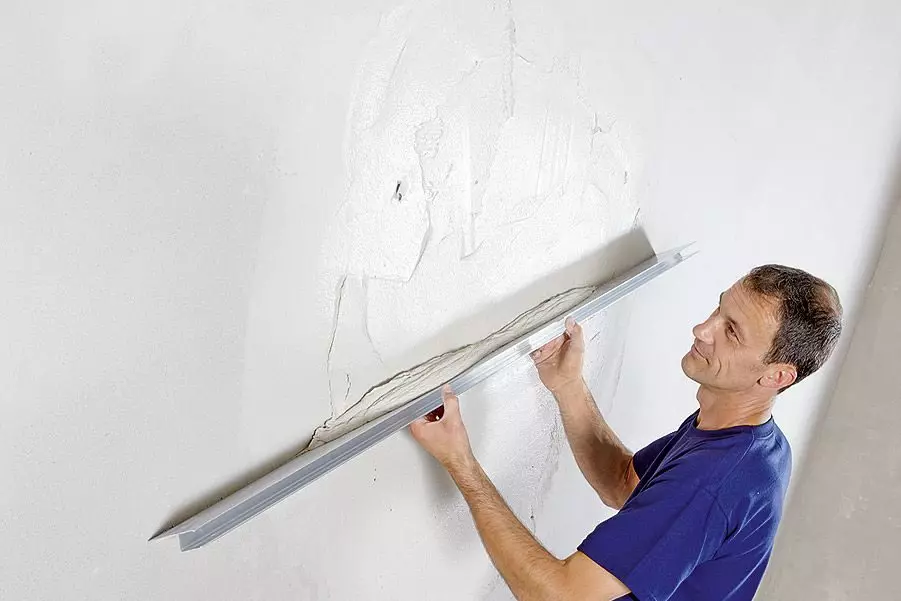
Gypsum plaster is an excellent option for finishing wall alignment and ceilings. The prepared mixture is easily applied on the surface. After drying, it is distinguished by reliability. Ideal for the preparation of walls to staining, sticking wallpaper. Gypsum plaster is sold in a dry form, it needs to be breeded with water according to the manufacturer's instructions. The solution has its own advantages:
- plastic;
- short duration of drying;
- resistant to temperature drops;
- Available cost.
Article on the topic: Chandeliers for stretch ceilings - Tips for choosing
The mixture has one minus - low moisture resistance. In wet premises, it is quickly deformed, cracks and peeling from the walls.
Polymer mixture
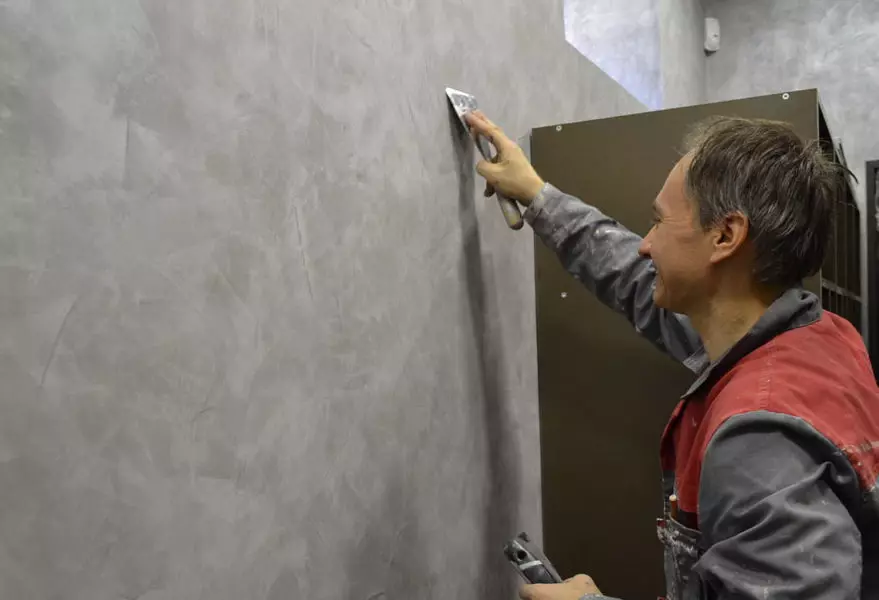
Polymer plastering mixes appeared on the market relatively recently. They combine the advantages of the first first options. The composition is applied with a smooth thin layer at the final stage of work. Excellent copes with alignment of small irregularities. It can be applied to overlaps from any material, ideal for drywall. The polymer mixture has its advantages:
- moisture resistant;
- can be used for internal and external work;
- High performance qualities.
The disadvantage of the mixture is the high cost and the inability to correct the large flaws of the surface with its use.
What plaster to choose
You need to choose the mixture, focusing on the condition of the walls and the ceiling, the material from which they are made, the properties of each plaster composition. On severe irregularities, it is worth apparing a draft plaster - this is a cement mixture. With small cracks, flaws can be aligned with the surface with plaster composition. At the end of work is well shuffled with a polymer solution. They should also use when plasterboard floors.For walls
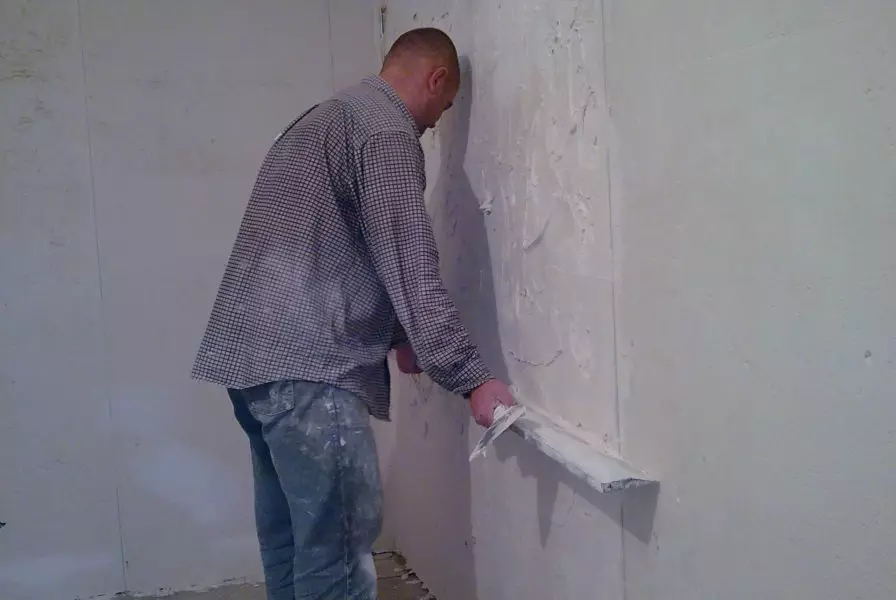
The cement mixture is suitable for alignment of the walls inside and outside the room. You can use in the bathroom and where the increased coating strength is required. Gypsum can be applied to overlaps in dry rooms. Perfectly aligns brickwork, concrete surfaces. Finishing options can be applied to plasterboard.
For ceiling

Watching the ceiling is associated with certain difficulties. It is impossible to immediately apply a large layer of solution, there is a chance that it will disappear. For this reason, cement formulations are rarely used on the ceiling. If you need to use it, the alignment occurs in stages. The plaster is applied by layers, giving each previous to dry. More suitable for plastering the ceiling Gypsum mixture. The allowable layer will be thicker, the drying time is less. Little irregularities will fix the polymer composition. It is easier for them, drying time is significantly less.
Article on the topic: Selection of ceiling plinth for interior
